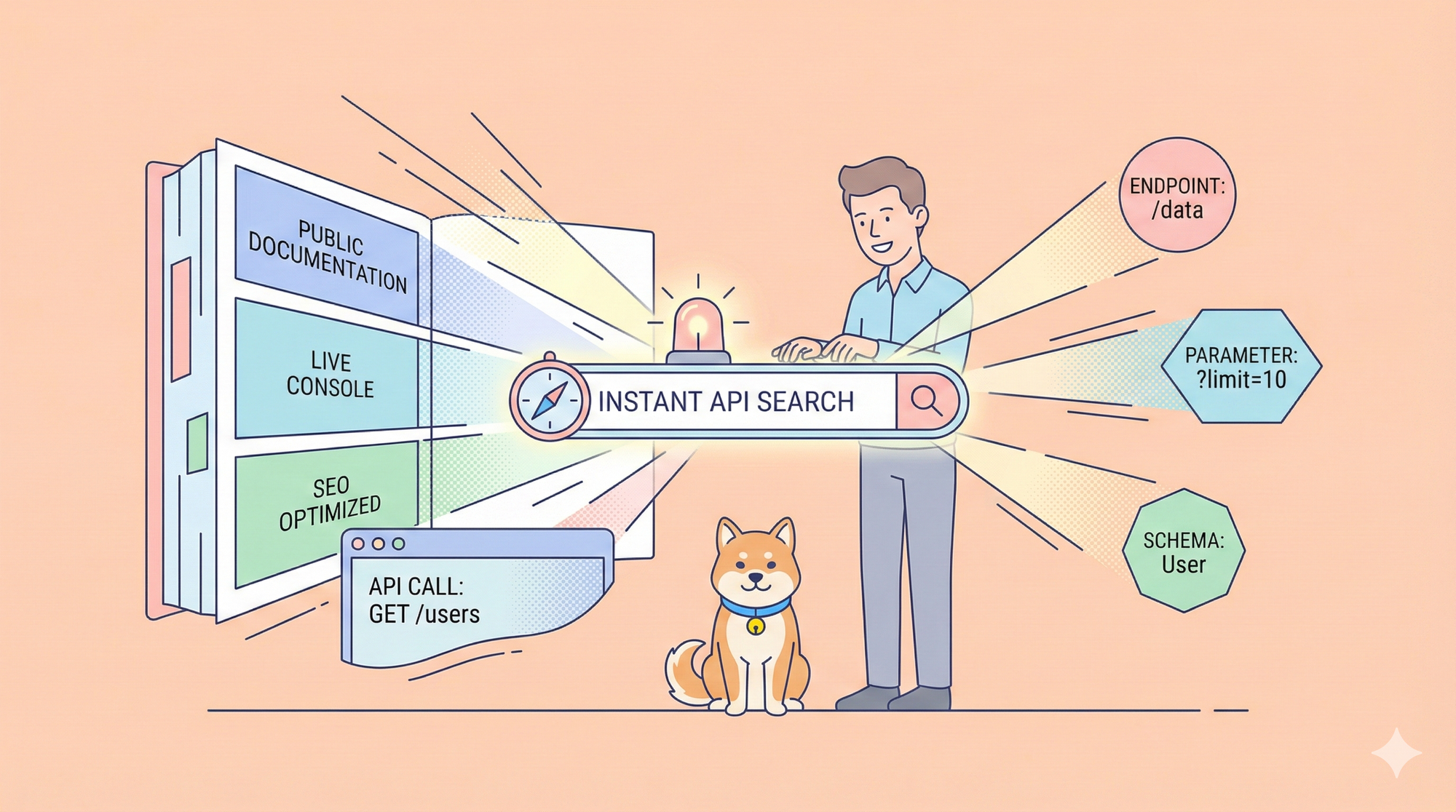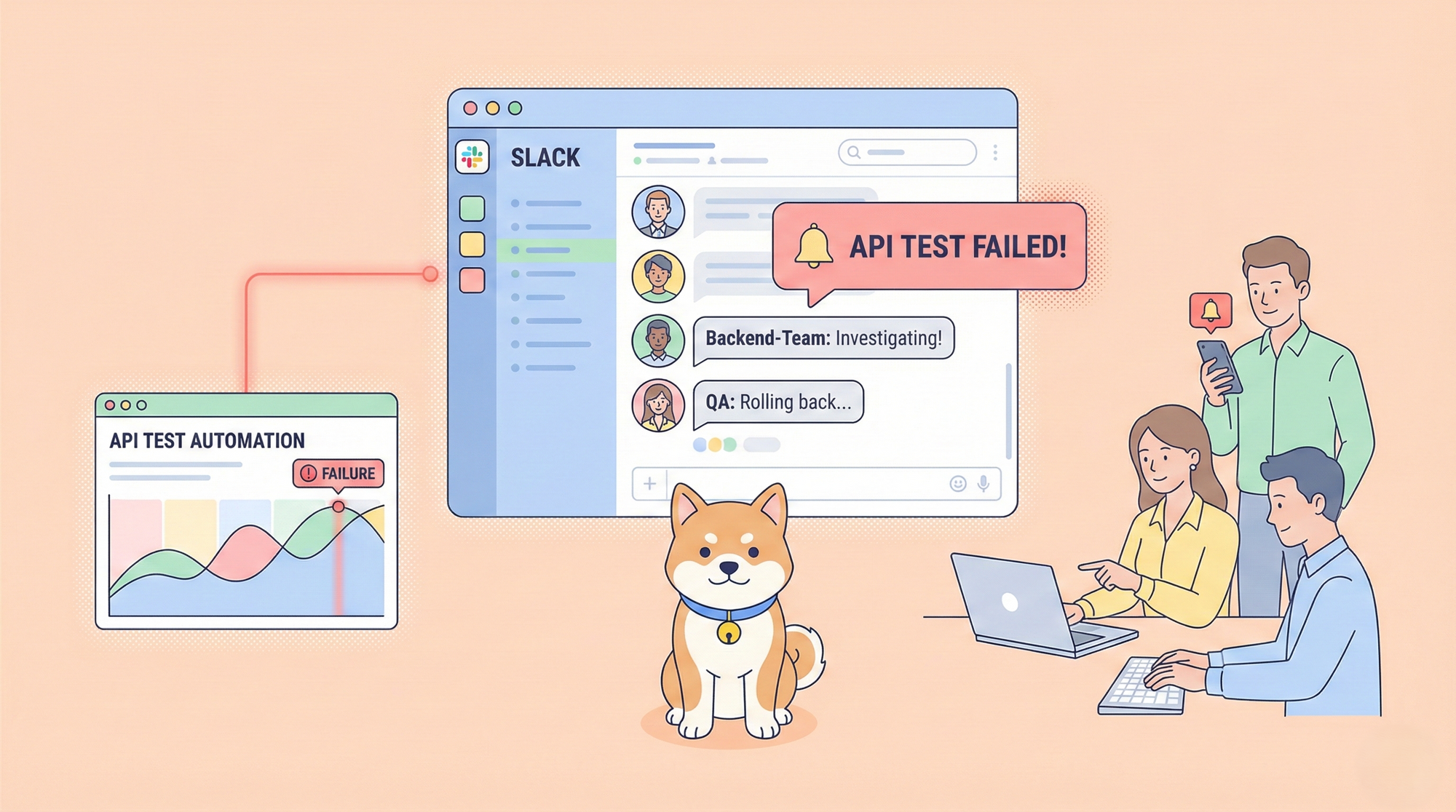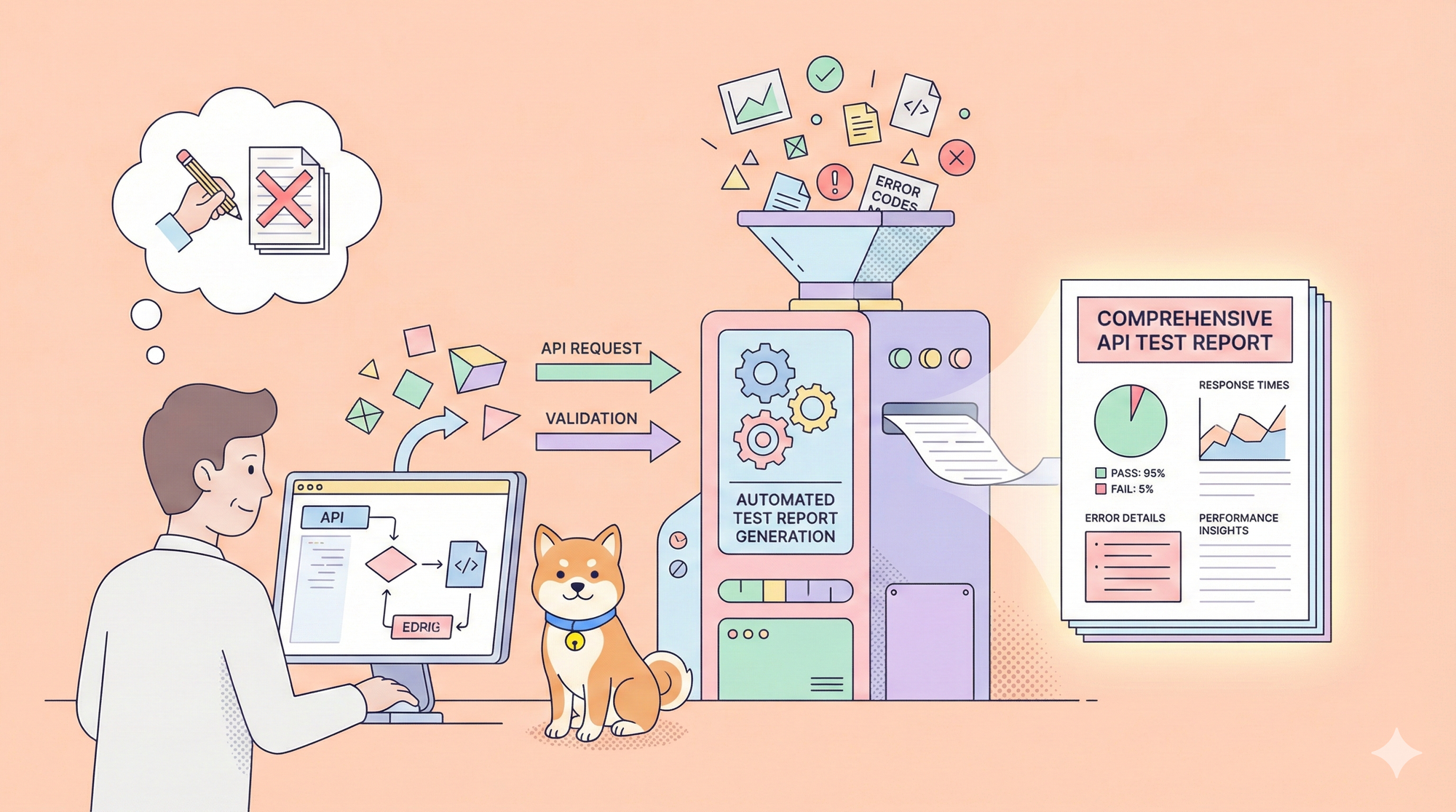Katalon Studio and Selenium are two prominent tools in the realm of automation testing, each offering unique features and capabilities. This article provides a detailed comparison between Katalon and Selenium, highlighting their strengths, weaknesses, and suitability for different testing needs.
Introducing Apidog - a low-code, comprehensive API platform that equips developers with robust tools for the entire API lifecycle. Users can design, test, document, and mock APIs, and expect additional functionalities like CI/CD integration and customizable scripts.
To learn more about Apidog, click the button below!

Overview of Katalon and Selenium
Katalon Studio is an all-in-one test automation solution built on top of Selenium and Appium frameworks. It is designed to simplify the testing process by providing a user-friendly interface and a comprehensive set of features for web, mobile, desktop, and API testing. Katalon offers both free and paid versions, with the free version providing most of the essential features needed for test automation.
Selenium, on the other hand, is an open-source framework primarily used for automating web applications. It supports multiple programming languages such as Java, Python, C#, Ruby, and more, allowing testers to write scripts in their preferred language. Selenium is known for its flexibility and extensive community support, making it a popular choice among developers and testers who require detailed control over their test environments.
Katalon and Selenium's Key Features Comparison
| Feature | Katalon Studio | Selenium |
|---|---|---|
| Ease of Use | User-friendly interface with built-in keywords and templates | Requires programming skills to write scripts manually |
| Supported Platforms | Web, mobile (iOS & Android), desktop, API | Primarily web applications; mobile testing via Appium |
| Programming Languages | Groovy (Java-based) | Java, Python, C#, Ruby, Perl |
| Cross-Browser Support | Chrome, Firefox, Safari, Edge, Opera | Chrome, Firefox, Safari, Internet Explorer |
| Integration Capabilities | Seamless integration with CI/CD tools like Jenkins | Integrates with various frameworks like TestNG and JUnit |
| Reporting Tools | Built-in reporting with analytics | Requires external tools like Extent Reports |
Pros and Cons
Katalon Studio
Pros:
- Ease of Setup: Katalon Studio is easier to set up than Selenium. It provides a comprehensive package with all necessary components pre-configured.
- User-Friendly Interface: Its intuitive interface allows testers with limited coding knowledge to create automated tests quickly.
- Comprehensive Testing Capabilities: Supports web, mobile, desktop, and API testing within a single platform.
- Built-in Reporting: Offers built-in reporting tools that provide detailed insights into test results without additional setup.
Cons:
- Performance: Katalon's Groovy scripting can be slower compared to Selenium's direct execution of scripts in languages like Java or Python.
- Flexibility: While it covers most common needs, it may lack the extensive customization options available in Selenium.
Selenium
Pros:
- Flexibility and Control: Provides extensive control over test scripts with support for multiple programming languages.
- Community Support: A large community offers a wealth of resources and plugins to extend its capabilities.
- Cost-Effective: Being open-source, it eliminates licensing costs associated with commercial tools.
Cons:
- Complex Setup: Requires manual configuration of components like WebDriver and Grid for distributed testing.
- Steeper Learning Curve: Testers need to have good programming skills to utilize Selenium effectively.
- Limited Built-in Features: Lacks built-in reporting and analytics tools; requires integration with third-party solutions.
Use Cases
Katalon Studio is ideal for teams looking for a quick start in automation testing without extensive coding. It is particularly suited for projects requiring comprehensive testing across different platforms (web, mobile, desktop) with minimal setup time. Its integrated environment makes it a great choice for small to medium-sized teams or those transitioning from manual to automated testing.
Selenium, however, is better suited for projects that demand high customization and scalability. It is ideal for large organizations with dedicated development teams capable of writing complex scripts. Selenium's flexibility allows it to be integrated seamlessly into various development environments and workflows.
Apidog - Automated API Testing Platform
Automating a tedious and repetitive task saves developers a lot of time and effort. However, creating a streamlined API development process was never easier with Apidog.


Apidog Test Scenarios
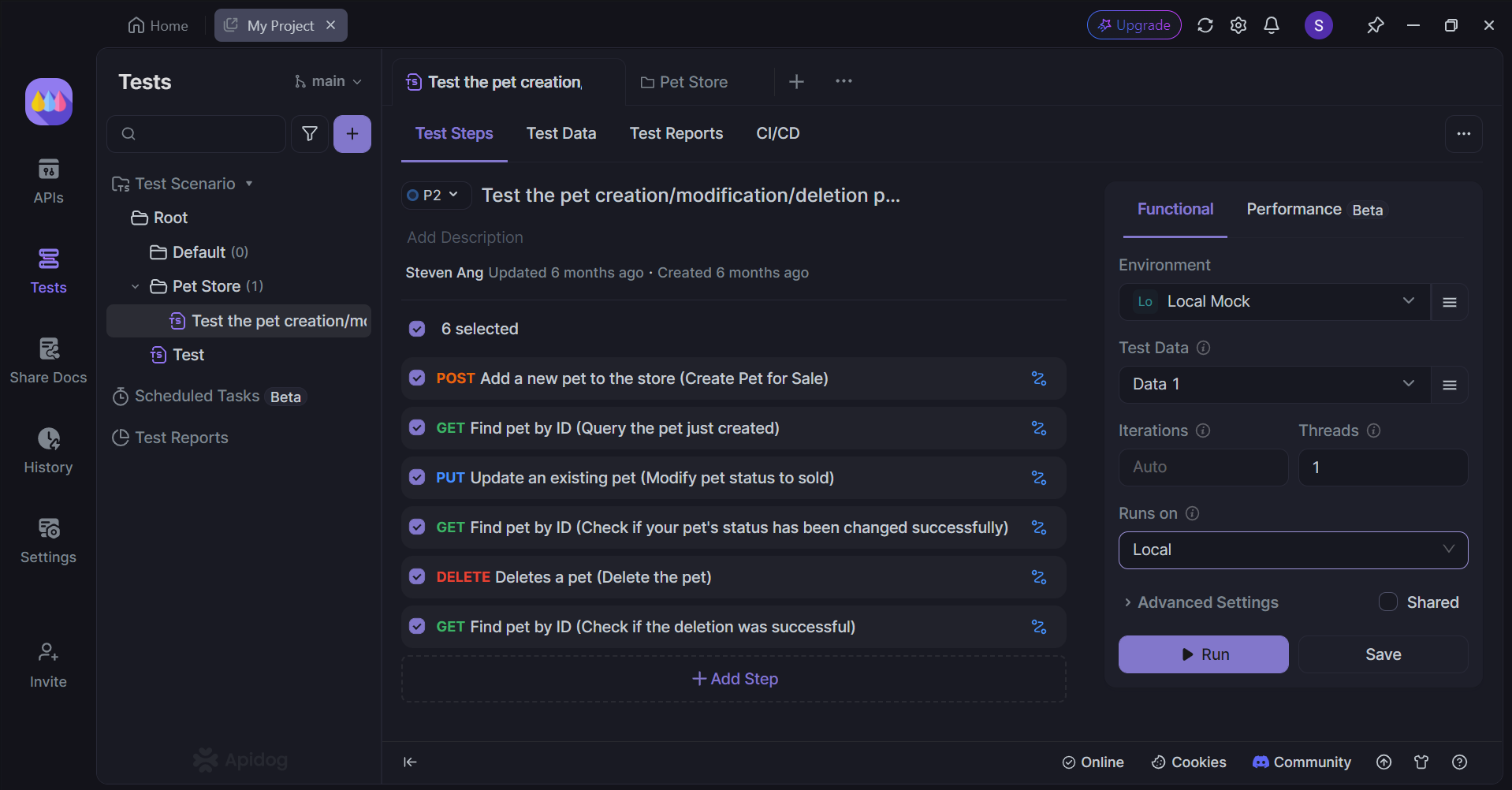
Apidog allows you to visually test multiple APIs in a sequence of consecutive steps. This approach is particularly beneficial for developers who have designed a series of interdependent APIs to execute their functions.
Apidog Test Scenario Results
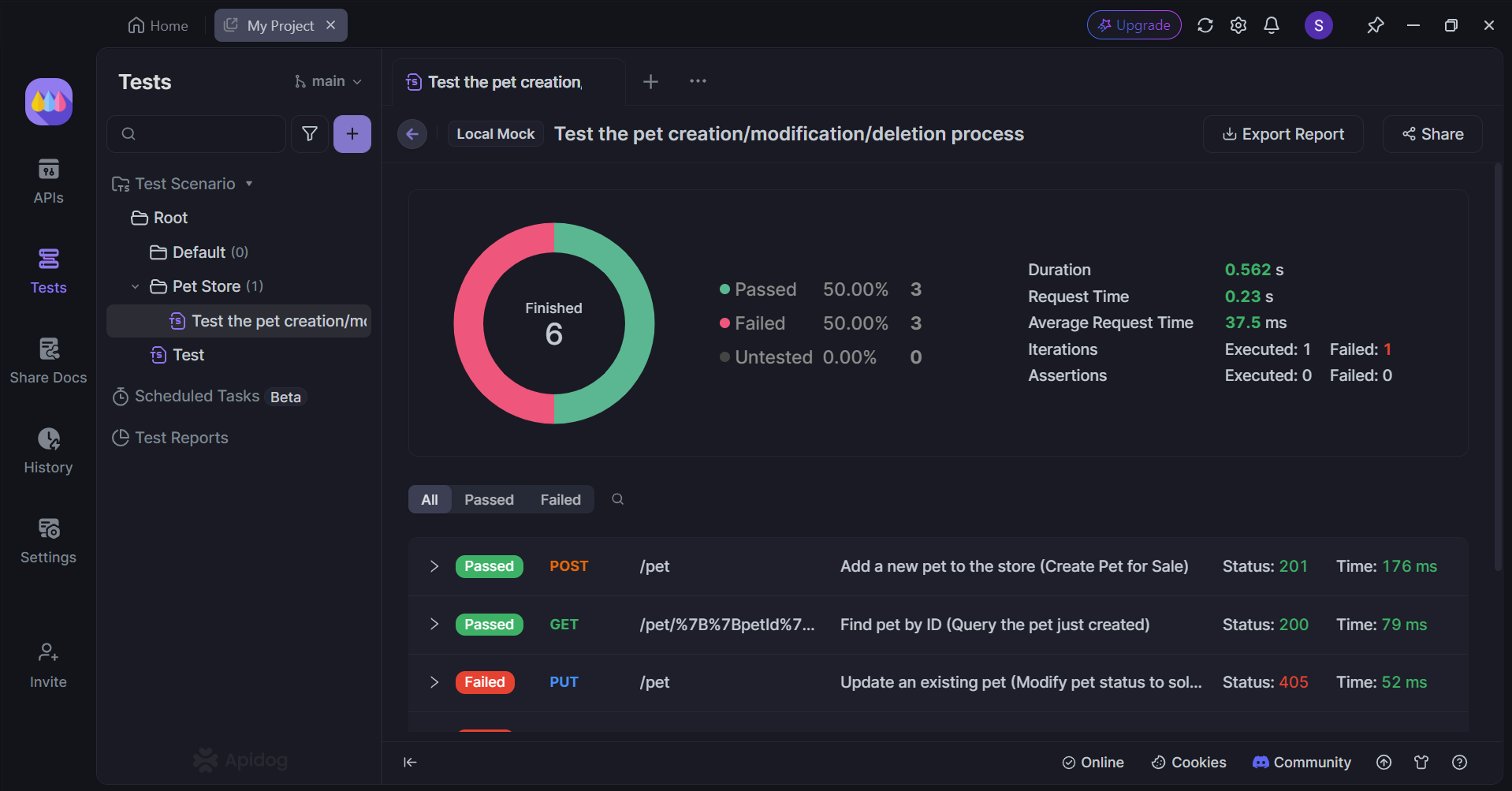
Apidog provides a comprehensive report on your test scenario, detailing the count of successful and failed requests, along with the total time taken for all the APIs to complete.
Individual API Endpoint Testing With Apidog

Apidog assists developers in testing individual APIs and reviewing each response separately. Simply click the Run header and then the Send button in that order.

Conclusion
The choice between Katalon Studio and Selenium largely depends on the specific needs of your project and the expertise of your team. If you prioritize ease of use and require a tool that supports multiple testing types out-of-the-box, Katalon Studio may be the better option. On the other hand, if you need a highly customizable tool that integrates well with existing development processes and supports multiple programming languages, Selenium would be more suitable.
Both tools offer robust solutions for automation testing but cater to different user needs. Understanding these differences will help you make an informed decision that aligns with your project's goals and resources.


